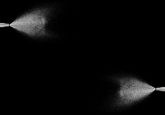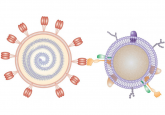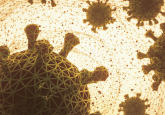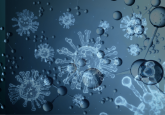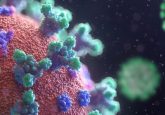Can far-UVC light kill SARS-CoV-2?
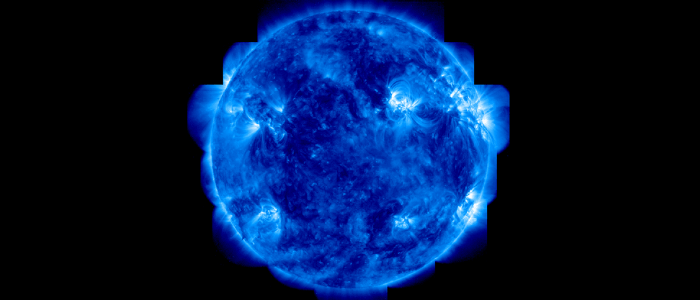
Recent reports have pointed to far-UVC light as a safe-for-human COVID-19 disinfection method. Is this too good to be true?
How easy would it be if the world could be removed of coronavirus with a light source? Being bathed with UV light every time you entered a grocery store, or a restaurant, could ensure you couldn’t possibly transmit or carry COVID-19.
Is this too good to be true? We explore the science and technology behind the claims.
The UV reality
In March, the FDA released a document allowing the use of UVC light for COVID-19 disinfection purposes in healthcare settings. For some, this appeared to be a novel idea and led to some confusion over its potential. However, Phoseon Technology (OR, USA) has been supplying UV LEDs for disinfection purposes in laboratories and other industrial settings for almost 20 years.
This makes Theresa Thompson, Applications Scientist at Phoseon, an expert in using UV light safely: “In the sun, you would wear sunblock. You should wear a block when using UV light in the lab.”
She advises knowing which UV light you’re using and wearing protection in the form of gloves, glasses and skin protection. She also recommends Plexiglass structures to protect those around you. Plexiglass may be newly familiar to you as the shields that are popping up in grocery stores and restaurants to prevent neighboring customers from breathing on each other – and they can also block UV light.
The benefits of using UV light for disinfection purposes are vast – there is no residue as with chemical disinfection, which could contaminate surfaces. This is extremely important in the lab when reliable disinfection and decontamination is necessary for accurate results. It also makes the re-use of small plastic lab items – such as pipette tips and vials – a possibility.
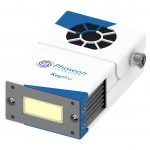
One of Phoseon’s UV LED machines, the KeyProExplorer.
Now, there is hope that the potential of UV light COVID-19 disinfection will stretch further than the lab. With stories of businesses investing in human-safe UV light arches and buses being placed in a UV light chamber after a day’s work in China, it seems now is the time to invest in UV light disinfection methods.
UV LED specialists, Phoseon Technology, have been inundated with questions surrounding the potential of far-UVC light in safe-for-human SARS-CoV-2 disinfection. Just how plausible is it that UV light could kill SARS-CoV-2 – the virus that causes COVID-19 – and how safe is this for humans?
Far-UVC
Imagine the sun is a bulb, emitting UV light (among other things). The ozone layer acts as a filter, preventing UVC light from reaching the Earth. The UV light that does reach the Earth’s surface – UVA and UVB – is known to be damaging to humans and can cause skin cancer.
UVC light has gained a reputation for being even more damaging than UVA and UVB light; a rule of thumb is that the shorter the wavelength, the more harmful the effect on humans. However, it is thought that far-UVC light (207–220nm wavelengths) could be safe for human use as the wavelengths are too short to penetrate human skin or eyes.
Let’s now imagine a bulb emitting a range of UV wavelengths with a filter to allow 220nm far-UVC light through. In theory, this could provide a similar level of disinfection to what can already be achieved in the lab with LEDs, but in a way that is also safe for humans.
However, does this theory stand up? Unlike the sun, lightbulbs are not very robust. They won’t last very long if they are moved around a lot. So, the bulb has to be in a fixed position. In many of these human use cases, it would be fixed to the ceiling.
While the 220nm wavelength is too short to penetrate the skin, it is also too short to travel very far in air. The potential of the 220nm UVC light reaching a person from a ceiling would be slim. How is this problem with short wavelength UVC falling off quickly in air usually overcome? Using high intensity LEDs.
LED technology is constantly improving; more power can be generated at lower and lower wavelengths of light. However, LEDs for the 220nm wavelength simply do not exist yet. In fact, Thompson mentioned she would not be talking to BioTechniques if they did, she would be dancing around in circles instead.
Destroying COVID-19
COVID-19 is devastating the world and has proven to be fatal to many. Can a virus that is so dangerous really be destroyed with UV light? And, if these far-UVC wavelengths cannot penetrate even top levels of human skin, can they kill the SARS-CoV-2 virus?
Thompson is an expert in disinfection by UV technology and has never known anything to be as difficult to decontaminate as RNase A. This is an enzyme that is constantly being shed from our skin and hair, and it makes work with RNA incredibly tricky.
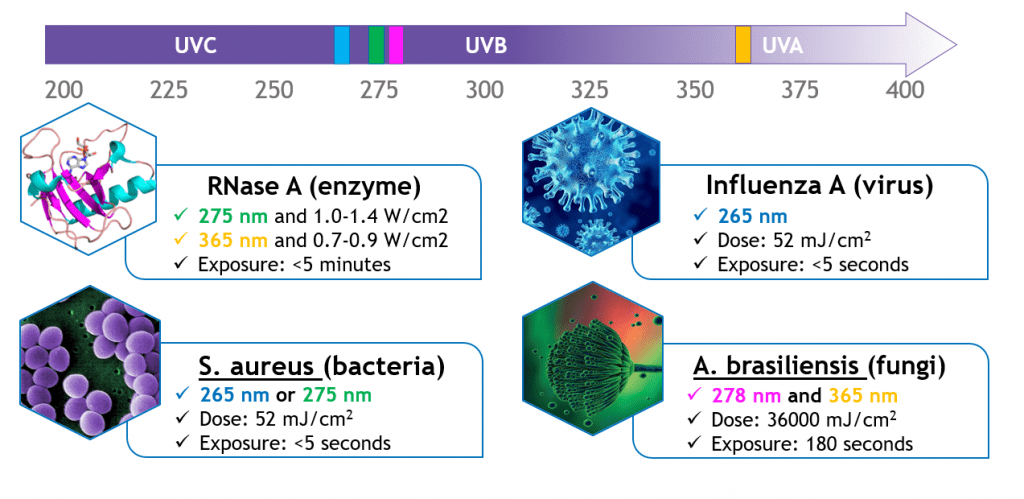
Optimal wavelengths, doses and resultant time taken for inactivation of enzymes and microorganisms by UV light.
There is currently limited research on the inactivation of SARS-CoV-2 with UV light and the best wavelengths for complete disinfection are unknown. However, Thompson is confident that if RNase A can be inactivated by UV light, so can SARS-CoV-2 – an enveloped RNA virus similar to Influenza A (inactivated at 265nm).
Though far-UVC bulbs are unlikely to quickly disinfect surfaces at a distance due to the issues discussed prior, there is a chance that they could destroy coronaviruses in circulating air.
A recent study hit headlines with the claim that 99.9% of coronaviruses are killed by UVC light. Looking into this further, based on the current regulatory limit for far-UVC bulbs in occupied public locations, the researchers concluded there would be ~90% coronavirus inactivation in ~8 minutes, 95% inactivation in ~11 minutes, 99% inactivation in ~16 minutes and 99.9% inactivation in ~25 minutes.
It is important to be aware that complete inactivation by UV light is not a one hit wonder, and such news titles can be misleading. Using the appropriate wavelength for the target and a more powerful LED can greatly decrease the length of time it takes for complete inactivation.
So, when a 220nm LED is invented, Thompson will be the first to let us know. Until then, effective disinfection and decontamination in laboratory, industrial and healthcare settings is possible with Phoseon’s current UV LED technology.
